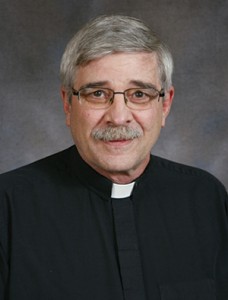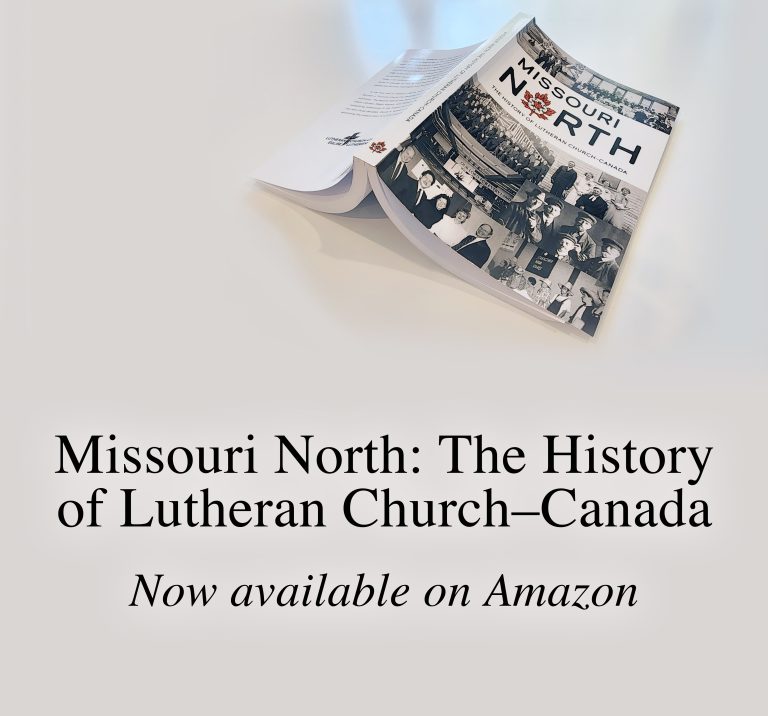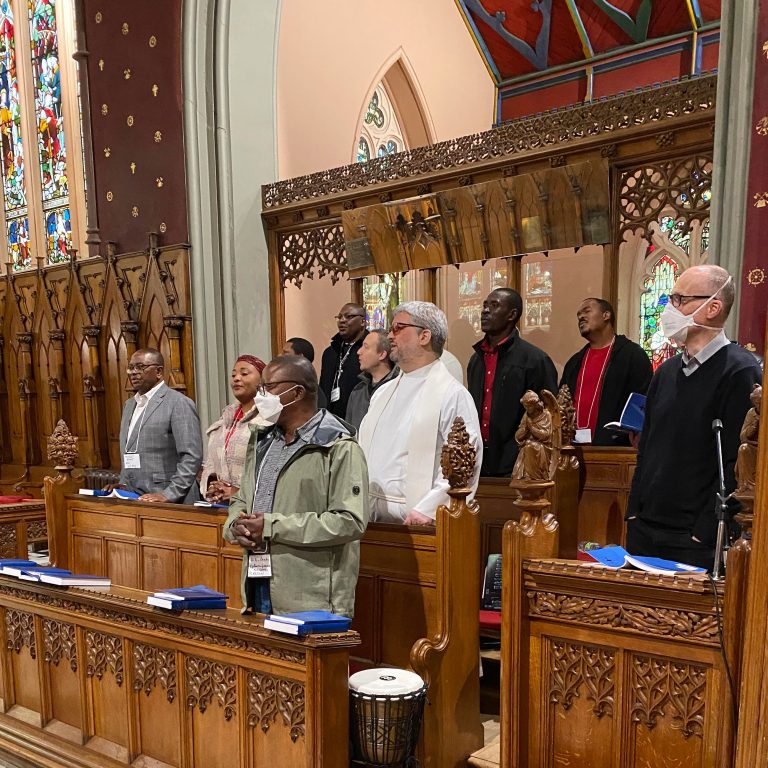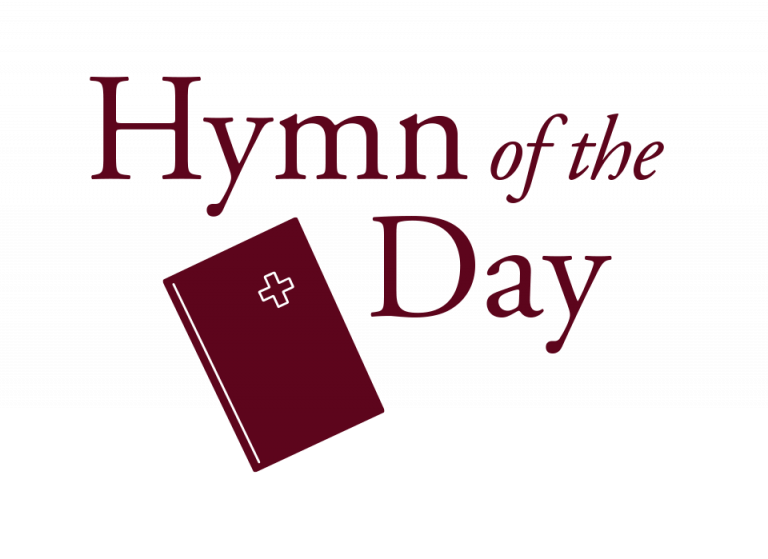From the President – Putting Christ Back Into Christmas
By: Timothy Teuscher

Rev. Timothy Teuscher
“Put Christ back into Christmas!” It’s a familiar exhortation we often hear at this time of year—and for good reason. After all, “Happy Holidays” rather than “Merry Christmas” has become the socially accepted and politically correct form of greeting this time of year. And for an increasing number of people, Christmas is nothing more than a winter break from work and school, a time to buy things and exchange gifts, a time for Santa Claus parades in our communities, a time to be with family and friends—a time to eat, drink, and be merry. No, there is not much of Christ left in our modern-day celebration of Christmas, is there?
But, then, how exactly is this to be done—this putting of Christ back into Christmas? There’s more to it than simply playing a few Christmas carols on your CD player or whatever new-fangled gadget is being used these days, or putting up a nativity scene in your home. After all, one can still hear and see these things in shopping malls (though one wonders how long our society will put up with that). There’s more to it than going on some anti-Santa Claus crusade. More to it than sending out religious Christmas cards to family and friends. No, in order to put Christ back into Christmas, we need, above all, to put the “Mass” back into Christmas. After all, that is what the word “Christmas” literally means: “the Mass of Christ.”
To be sure, the word “Mass” is not used much, if at all, in our churches today. Yet, it is a word that our Lutheran Confessions use regularly in referring to what our Lutheran Service Book calls the “Divine Service.” For example: “The Mass is held among us and celebrated with the highest reverence. Nearly all the usual ceremonies are also preserved…. For ceremonies are needed for this reason alone, that the uneducated be taught what they need to know about Christ” (Augsburg Confession XXIV.1-3). And further: “We do not abolish the Mass, but religiously keep and defend it. Masses are celebrated among us every Lord’s Day and on the other festivals. The Sacrament is offered to those who wish to use it, after they have been examined and absolved. And the usual public ceremonies are observed, the series of lessons, of prayers, vestments, and other such things.” (Apology XXIV.1).
But what exactly is the Mass? Many people will think automatically of the Roman Catholic tradition, in which the priest offers Christ as a sacrifice anew. This is not what our confessions teach! Instead, the “Mass” in the Lutheran Confessions is another term for the Divine Service. “Christmas”—or the “Christ-Mass’—then is simply, the Divine Service celebrating the nativity of our Lord.
It is in the Divine Service, that, like the shepherds, we too hear the Word of God that the angel first proclaimed at Christmas, “For unto you is born this day in the city of David a Savior, who is Christ the Lord” (Luke 2:11). It is in the Divine Service that we, like the shepherds, hear the heavenly host sing their beautiful Christmas carol and even join with them in singing, ”Glory to God in the highest, and on earth peace, good-will toward men” (Luke 2:14). It is in the Divince Service that, like the shepherds, we too “find the Babe lying in a manger” (Luke 2:16); that is, find Him lying in and under the bread and wine of the Holy Sacrament. It is because of what we have seen and heard in the Divine Service that, like the shepherds, we too are moved to “make known the saying that has been told [us] concerning this Child” (Luke 2:17). It is because of what we have seen and heard in the Divine Service that, like the shepherds, we can also return to our homes and various stations or callings in our lives “glorifying and praising God for all [we] have heard and seen, as it has been told unto [us]” (Luke 2:20).
Just think of it! To receive God’s peace of Christmas in the Absolution of the Divine Service; to hear in the reading of God’s Word in the Divine Service the glad tidings of great joy concerning the birth of our Savior from sin and death; to not only see the Christ Child lying in the bread and wine of the Divine Service, but to even partake of His very body and blood for the forgiveness of our sins; to join in the Divine Service with the angels and archangels and whole company of heaven, as well as with the whole Christian church here on earth, in singing those joyous Christmas carols. What earthly Christmas gift, what family Christmas dinner in your home, what celebration of Christmas can top that?
“O come, all ye faithful, Joyful and triumphant! O come ye, O come ye to Bethlehem; Come and behold Him Born the king of angels” (LSB 379:1). So that familiar Christmas carol calls out to all of us again this holy season to come to the Divine Service—the “Christ-Mass”—and behold in Word and Sacrament the Christ Child, your Savior and King.
And do you know what happens when you put the “Mass” back into Christmas in this way? Yes, it is then that you are also putting Christ back into Christmas.





